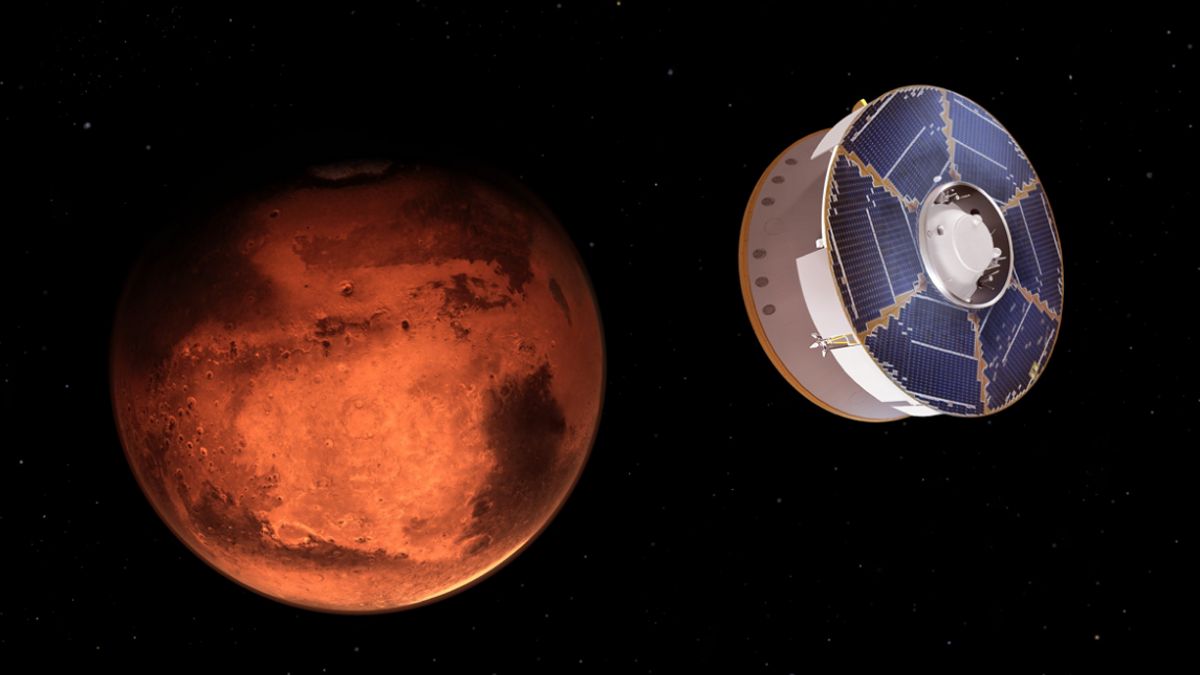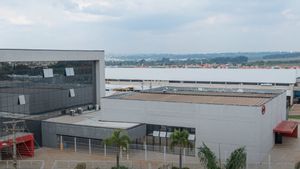JAKARTA – In the future, humans will be able to travel to outer space, including to Mars, using space rockets. However, the obstacle is the possibility of running out of rocket fuel when it arrives on Mars so that humans will find it difficult to return to Earth.
Regarding this, scientists from the Georgia Institute of Technology developed a new concept so that humans can refuel their rockets on the Red Planet. So, rockets whose fuel has been reduced during the trip can be reloaded for the next trip.
Scientists are developing the concept of bioproduction by harnessing the planet's available resources including carbon dioxide, solar power and frozen water. However, to be able to harvest energy on Mars, scientists will need to send microbes there.
Launching Slashgear, one of the microbes that will be brought there is cyanobacteria or commonly known as algae. Cyanobacteria can be used to collect CO2 from the Martian atmosphere and combine it with sunlight to make sugar. This process requires a special type of bacteria, E.coli bacteria, which have been engineered to convert sugars formed by algae into propellants for rockets and a number of other devices.
Later the rocket fuel produced from this process is 2,3-butanediol, a propellant that already exists and can be produced on Earth. However, on Earth, propellants are used to make polymers to produce rubber. The US Space Agency (NASA) recommends using a chemical catalyst so that it can convert carbon dioxide into liquid oxygen.
However, the idea required methane to be brought to Mars along with the crew and a number of other chemicals. Scientists from the Georgia Institute of Technology plan to leverage the resources already available on Mars so as to reduce the cost and complexity of shipping to the planet.
In addition, another benefit of the process of harvesting resources on Mars is to produce clean oxygen needed to sustain human life. Scientists predict the process could produce 44 tons of clean oxygen for various purposes.
They proposed that NASA send plastic material to Mars so that it could be designed into a photobioreactor the size of four football fields. That way, cyanobacteria will grow in the reactor using carbon dioxide. The cyanobacteria will be broken down into sugar and fed to E.coli bacteria to produce propellants. The last process, the propellant will be separated from E.coli by utilizing advanced separation methods.
The efforts of these scientists contribute to humans in the effort to become multiplanetary beings in the future. This is in line with the vision of SpaceX rocket boss Elon Musk who plans to colonize the planet Mars.
The English, Chinese, Japanese, Arabic, and French versions are automatically generated by the AI. So there may still be inaccuracies in translating, please always see Indonesian as our main language. (system supported by DigitalSiber.id)













